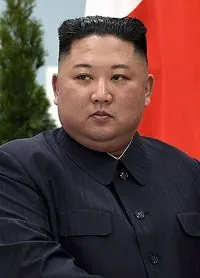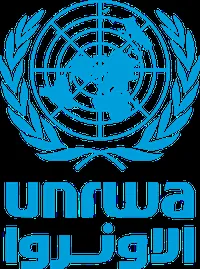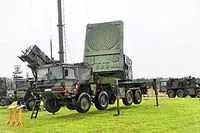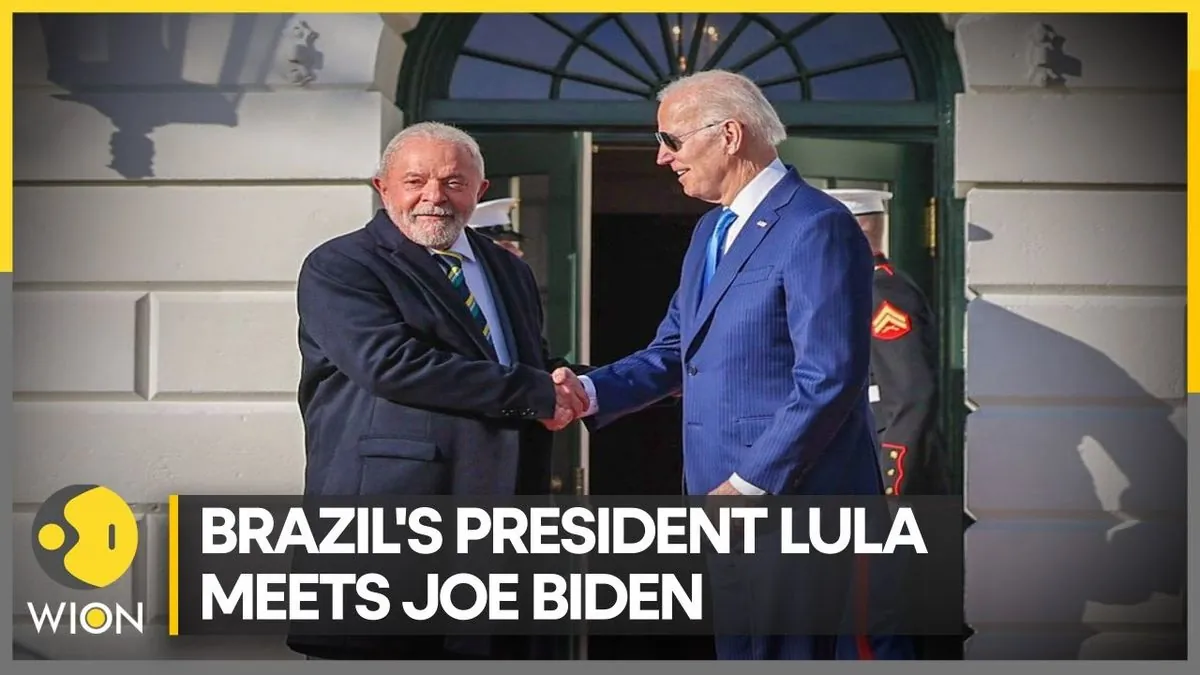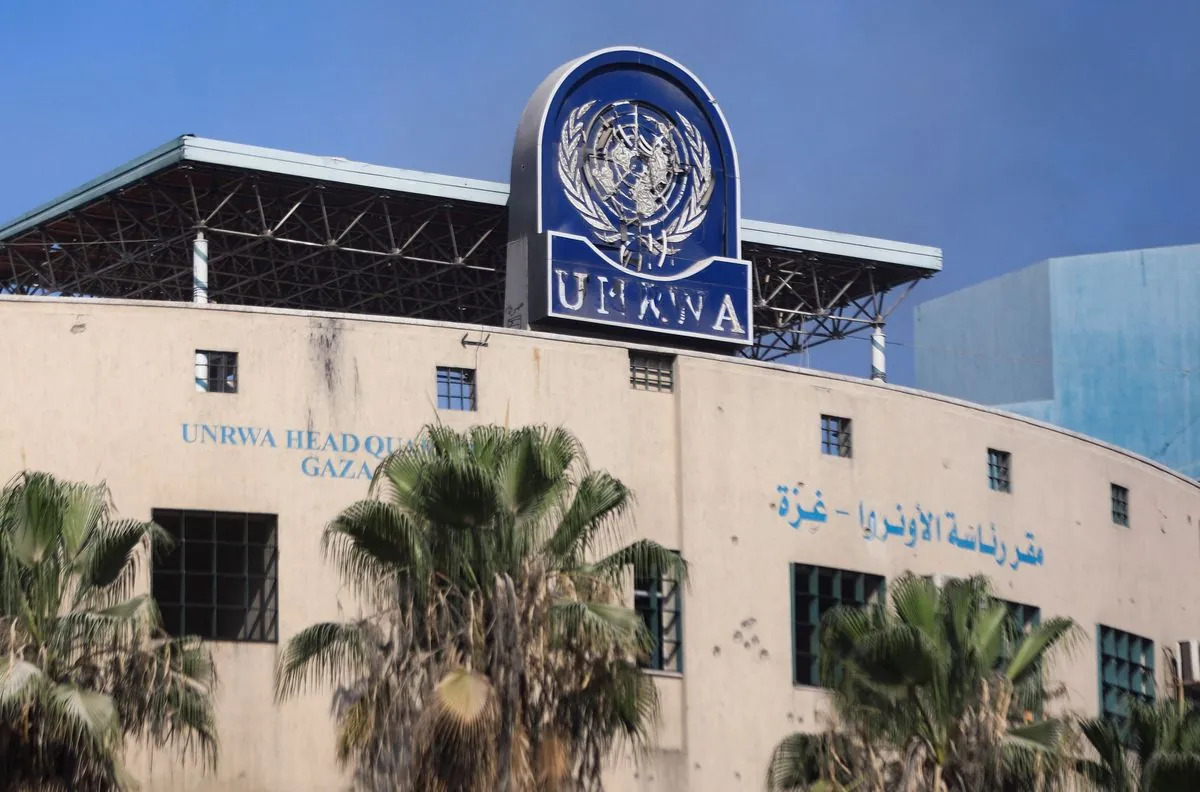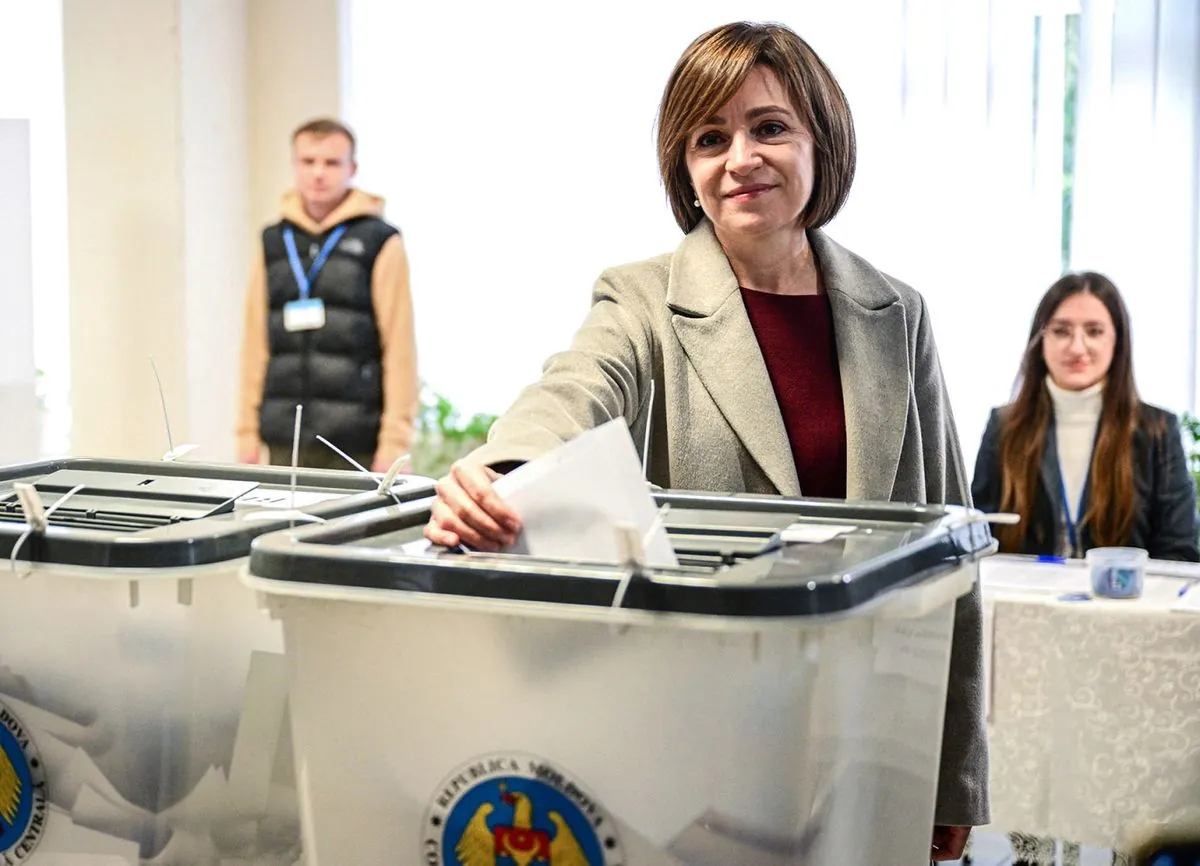Redefining Masculinity: Navigating the Crisis and Charting a New Path
Experts discuss the current crisis in masculinity, exploring its roots and potential solutions. The conversation delves into political models, evolving gender roles, and the need for a positive vision of modern manhood.
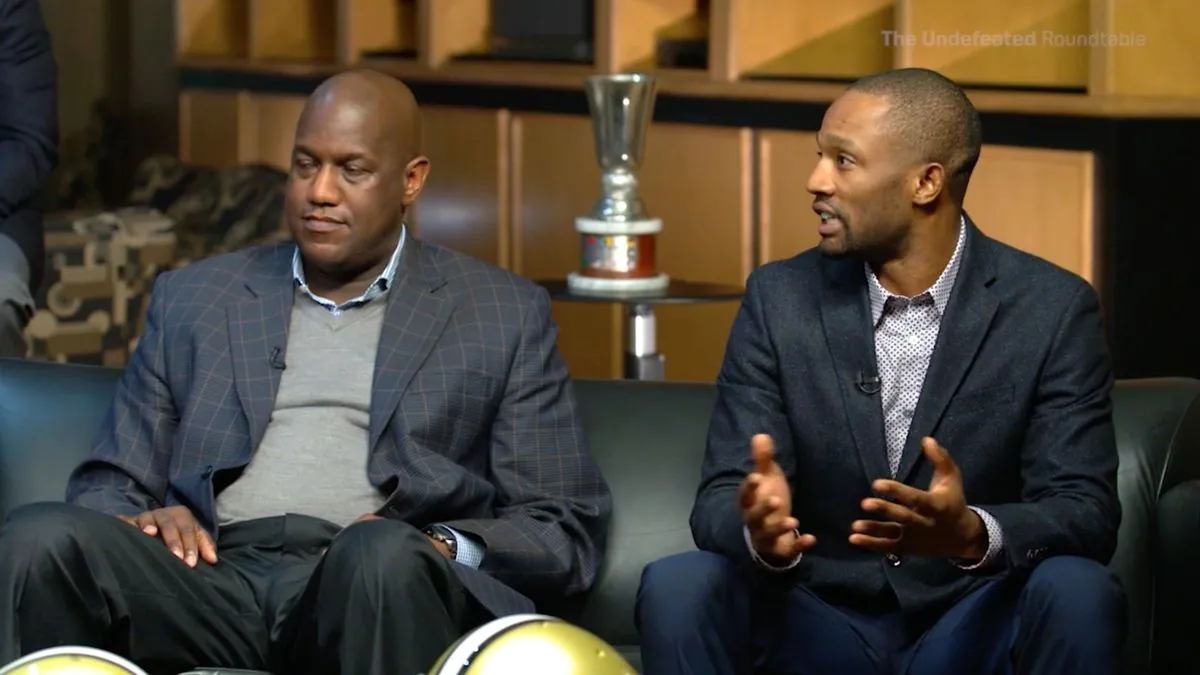
The current state of masculinity is under scrutiny, with various indicators pointing to a crisis among men. From elevated suicide rates to decreased life expectancy and labor force participation, the challenges facing men are evident. However, the issue extends beyond mere statistics, delving into the core of male identity and societal roles.
Richard Reeves, founder of the American Institute for Boys and Men, along with columnists Theodore Johnson and Shadi Hamid, engage in a thought-provoking discussion about the roots of this crisis and potential pathways forward. Their conversation highlights the need for a positive vision of masculinity that aligns with gender equality principles.
The political landscape offers contrasting models of masculinity. On one side, there's the bravado-driven approach associated with figures like Donald Trump and JD Vance. On the other, more nuanced representations emerge, such as those exhibited by Tim Walz and Doug Emhoff at the Democratic National Convention.
Reeves points out that while Republicans often project a strong, traditional masculinity, Democrats have struggled to present a compelling alternative. He suggests that the left's approach has sometimes been perceived as advocating for the abolition of masculinity rather than its evolution, potentially alienating many men.
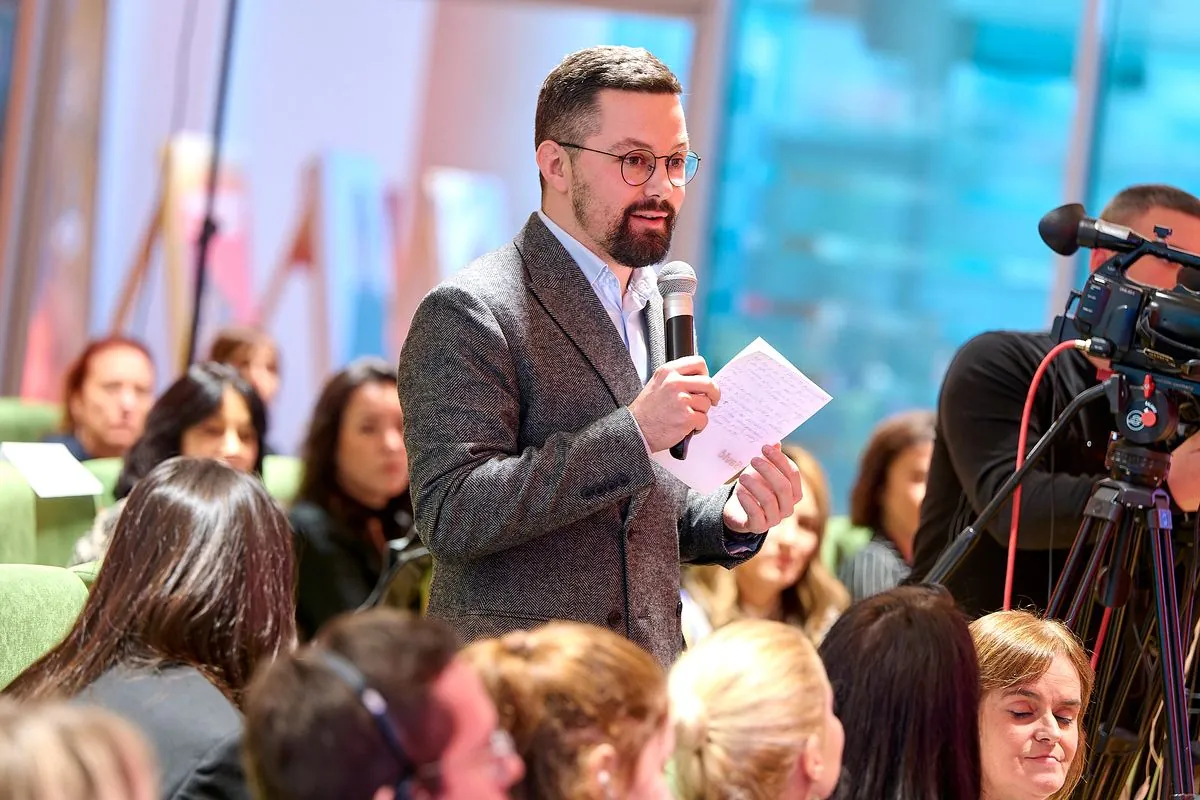
The conversation touches on the historical roles of men as providers and protectors. Johnson reflects on the traditional expectation for men to ensure economic and physical security for their families. However, as society evolves, these roles are being redefined.
Reeves emphasizes the importance of reframing what it means to be a provider and protector in today's world. He shares his personal experience as a stay-at-home father, illustrating how men can fulfill these roles in non-traditional ways. This perspective aligns with the growing trend of male participation in traditionally female-dominated fields and the implementation of paternity leave policies in some countries.
The discussion also highlights the challenges in addressing masculinity without political bias. Hamid notes that certain statements about men's roles are often perceived as right-leaning, despite their potential universal relevance.
As the conversation unfolds, it becomes clear that addressing the masculinity crisis requires a nuanced approach. This includes acknowledging the impact of movements like #MeToo on discussions about male behavior, recognizing the higher suicide rates among men, and addressing the educational challenges facing boys in many developed countries.
The experts agree on the need for a balanced perspective that allows for the positive aspects of masculinity while promoting equality and emotional expressiveness. This aligns with the concept of "new masculinity" and initiatives like "The Good Men Project" that aim to redefine positive male identity for the 21st century.
In conclusion, the path forward involves creating a vision of masculinity that is both affirming and compatible with evolving societal norms. This requires open dialogue, policy changes, and a willingness to challenge traditional assumptions about gender roles.
"My sense of men in the past — and this is the sort of the watered down nostalgic version of masculinity — is that they were providers. They provided economic security and they provided physical security. Someone wants to harm your family, a man's not going let that happen. A man's not going to let his kids or his spouse go hungry."














